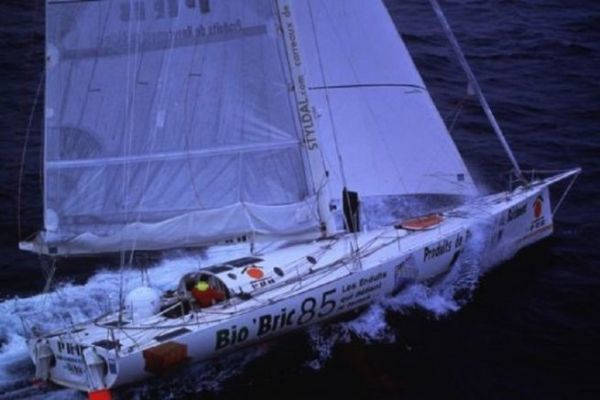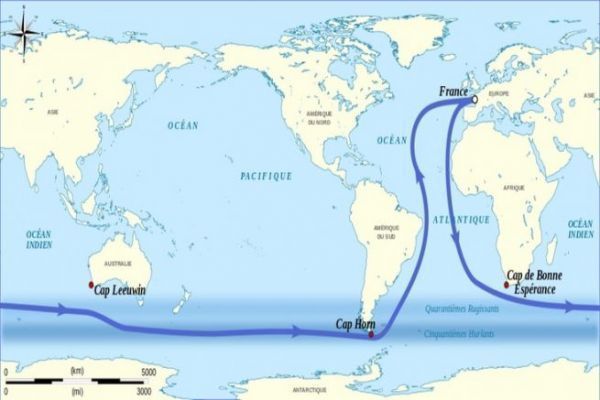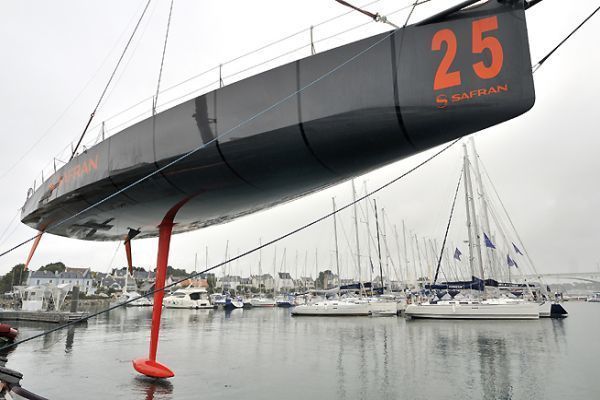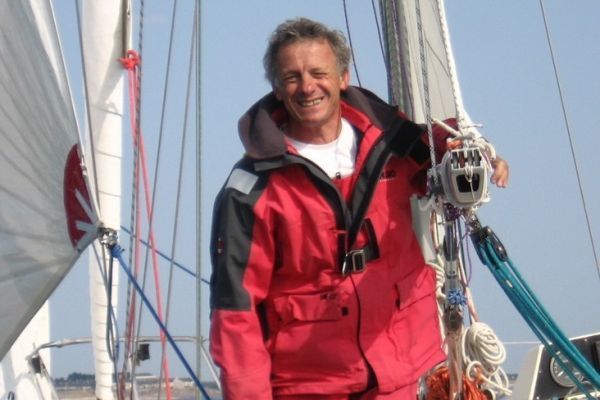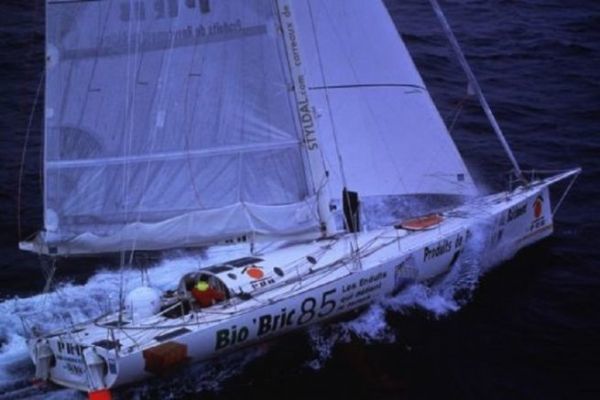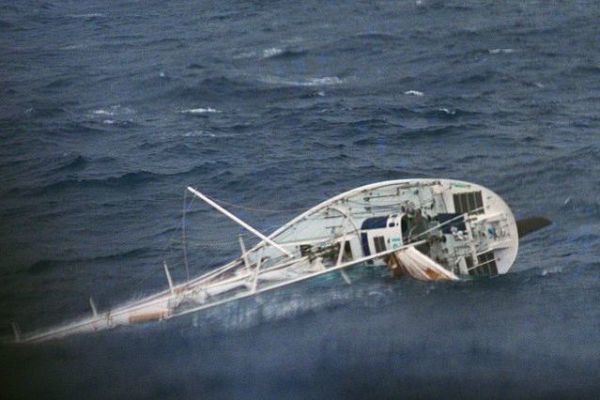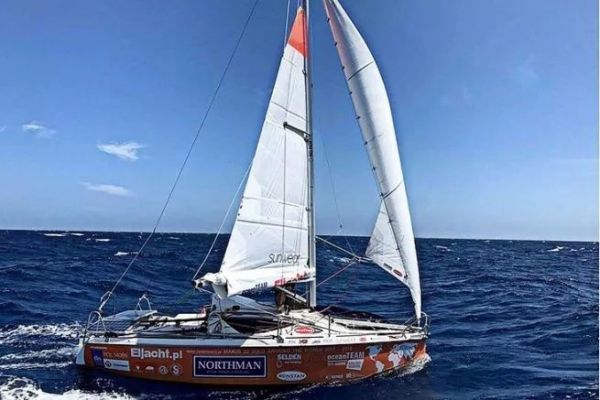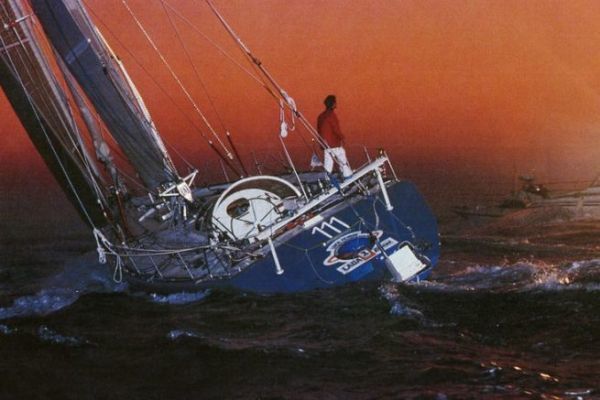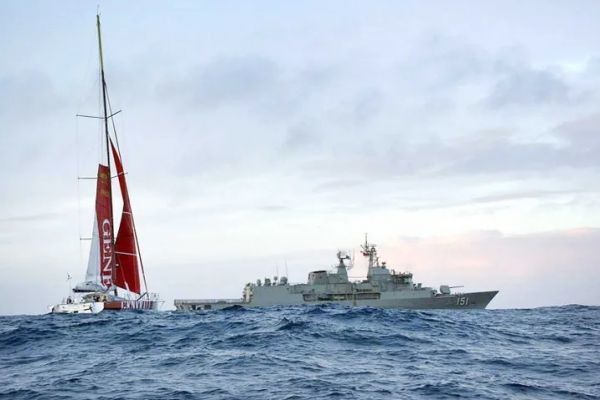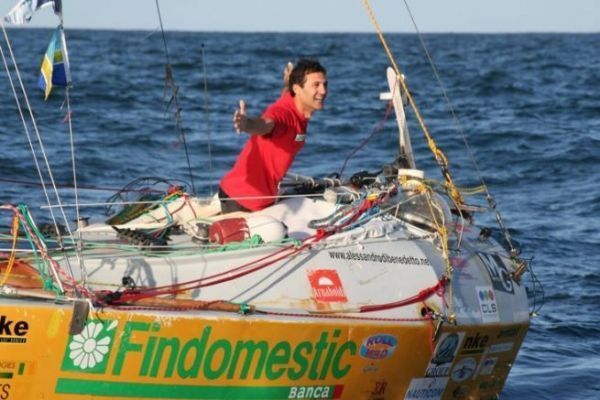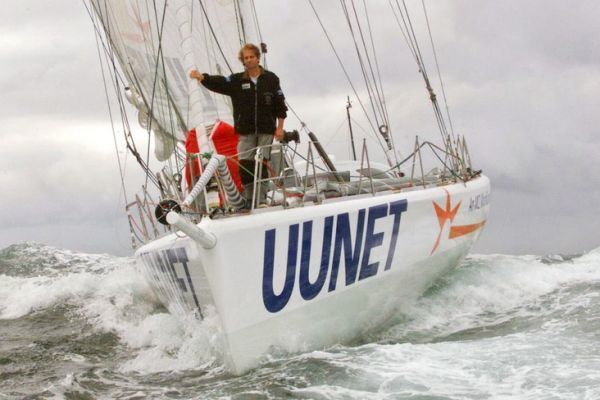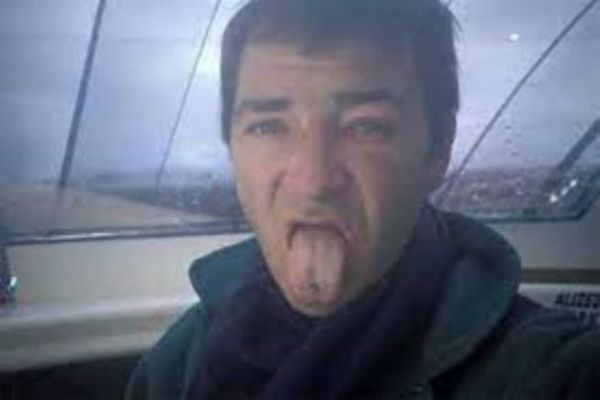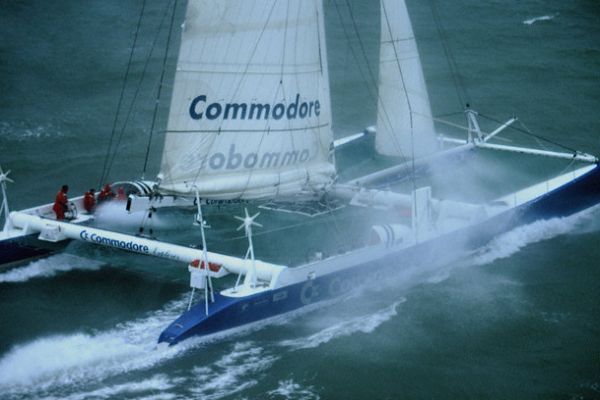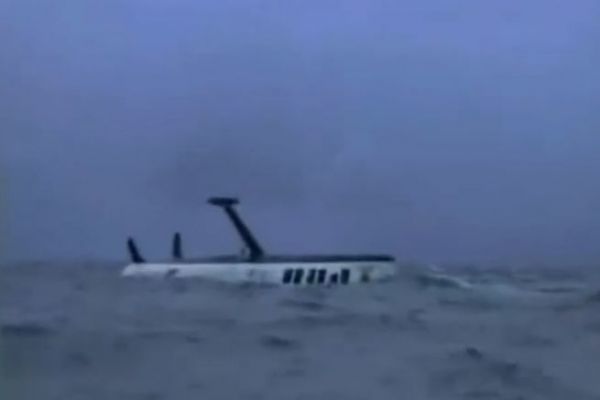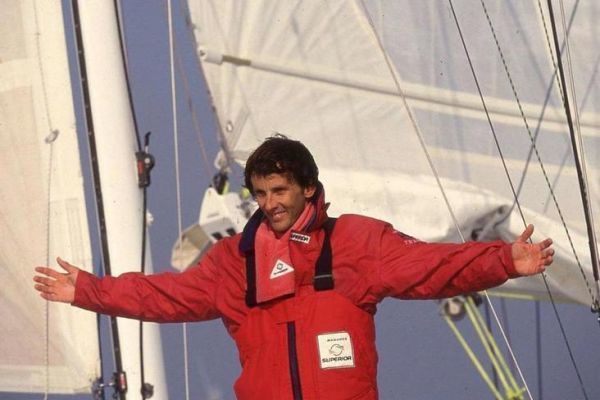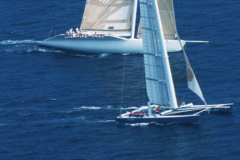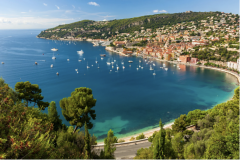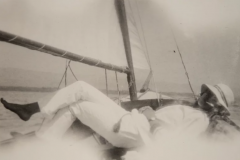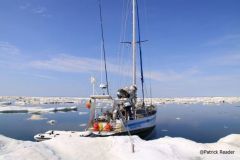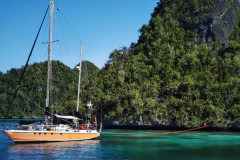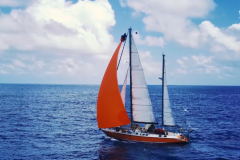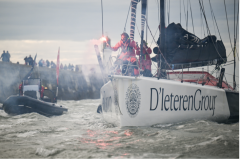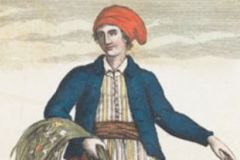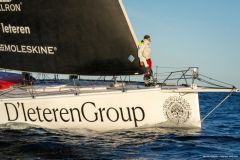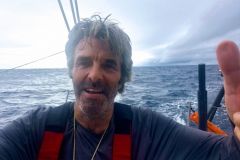Power cuts in the middle of the race
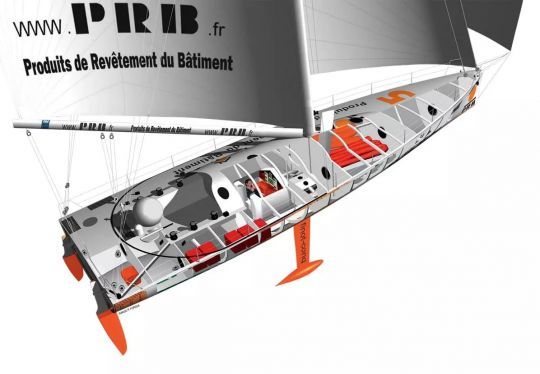
The 1 er on January 1, 2001, Michel Desjoyeaux woke up with his nerves on edge, but without having partied the night before. In the middle of the Pacific Ocean, his engine starter had melted. His 60-foot PRB 2, a Finot Conq design launched in 2000, was one of the favourites for this 4 e edition.
The cloudy, foggy ceiling doesn't allow the solar panels to compensate for the energy deficit. And the small 400W wind generator doesn't provide enough power for an energy-hungry 60-footer. Without a motor, it's impossible to recharge the onboard batteries. And without energy, the race is over.
While waiting for a technical solution to be found, Desjoyeaux rationed his on-board consumption and riveted himself to the helm. He spent around ten hours at the helm, while thinking about how to restart an inboard engine without a starter.
Use the velic force
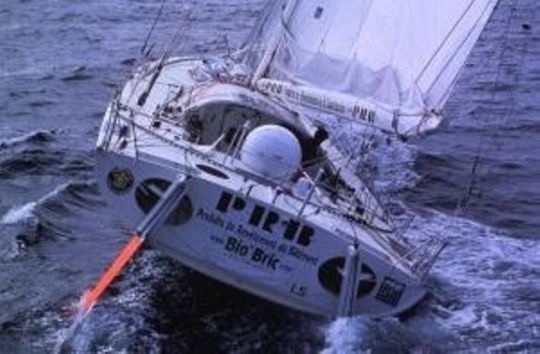
Desjoyeaux then imagined using the power developed by his set of sails to compensate for the recalcitrant starter. The idea was to create a link between the boom and the engine pulley, which, when activated, would restart the 37-hp Yanmar Diesel engine.
He then set up a circuit by attaching pulleys through the cockpit and saloon.
" On my first attempts, the strap I had placed around my alternator pulley proved too elastic. So I put a spectra rope around it, with a screw in the pulley to hold it in place. Then I sent another rope, using pulleys, to the back of my boom ".
Gradually, the skipper heeled in his mainsail, causing his 60-footer to heel heavily.
" It was hot, because the boat was lying down. I let go and the engine started! I was never worried, but it was really, really hard, and I don't know how far I could have held out ".
After a charge lasting several hours to bring the batteries up to standard, the skipper knew he could restart the engine if the need arose. But sunny weather soon returned, allowing the solar panels to take over.
A victorious finish
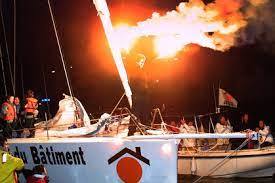
On the following January 10, Michel Desjoyeaux rounded Cape Horn 600 miles ahead of Ellen McArthur. He remained in the lead until Les Sables d'Olonne, although he was troubled by attacks from the British yachtswoman, who gave him a hard time in the Saint Helena High.
He crossed the finish line on , after 96 days at sea, improving on the previous edition's time by 9 days.
